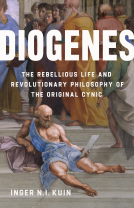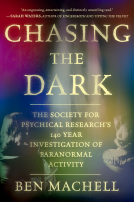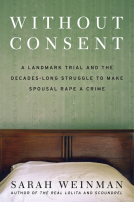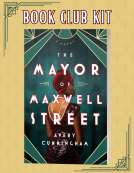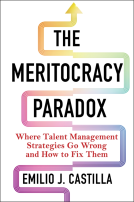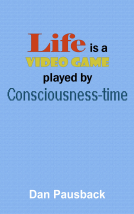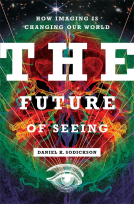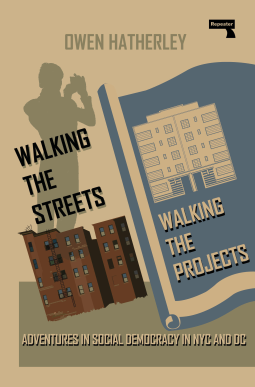
Walking the Streets/Walking the Projects
Adventures in Social Democracy in NYC and DC
by Owen Hatherley
This title was previously available on NetGalley and is now archived.
Send NetGalley books directly to your Kindle or Kindle app
1
To read on a Kindle or Kindle app, please add kindle@netgalley.com as an approved email address to receive files in your Amazon account. Click here for step-by-step instructions.
2
Also find your Kindle email address within your Amazon account, and enter it here.
Pub Date Jun 11 2024 | Archive Date Aug 21 2024
Repeater Books | Repeater
Talking about this book? Use #WalkingtheStreetsWalkingtheProjects #NetGalley. More hashtag tips!
Description
Walking the Streets/Walking the Projects is an insightful exploration of the remnants of a social democratic America and a thought-provoking argument about its future.
The book traces the rise of a 1960s urban ideology that celebrated bottom-up, organic city development while criticising state-led planning that resulted in lifeless, sterile "projects." Using walking as a method, the author tests these ideas across New York City, with a brief interlude in Washington, DC, examining a wide array of urban developments.
Key areas explored:
- Cultural complexes in Manhattan
- New Deal-era public housing in Brooklyn, Harlem, and Queens
- Roosevelt Island’s social experiment
- Communist housing co-operatives in the Bronx
- Union-led rebuilding of the Lower East Side
- DC's Metro system
By walking through these spaces, the book reveals that, despite their flaws, fragments of a more equal society were built in the past and continue to thrive today. Walking the Streets/Walking the Projects asks what lessons a new generation of American socialists might learn from these surviving social democratic enclaves as they envision a better future.
Advance Praise
"Hatherley goes West — into the Great Satan — armed with sarcasm, Socialism, sturdy shoes. He takes on the New York Ideology and its sacred cows. He celebrates a little-known fact: New York has more cheap public housing than anywhere else in North America. As always, he's a skewer and a seer."
--- Sukhdev Sandhu, author of Night Haunts: A Journey Through the London Night
"I've been involved with New York City for over 60 years, but reading this made me feel as if I'd just gotten off the bus from Rubeville. Hatherley lays out the great social-democratic city-state that flourished in the 1950s and '60s, only to be ravaged by private interests in the following decades. It filled me with retroactive pride."
--- Lucy Sante, author of Low Life: Lures and Snares of Old New York
Available Editions
| EDITION | Other Format |
| ISBN | 9781915672445 |
| PRICE | $16.95 (USD) |
| PAGES | 280 |
Available on NetGalley
Average rating from 8 members
Readers who liked this book also liked:
Carine Laforest;
Children's Fiction
We Are Bookish
Historical Fiction, Literary Fiction, Multicultural Interest
Fumiyo Kouno
Arts & Photography, Comics, Graphic Novels, Manga, Reference
Dan Pausback
Computers & Technology, Religion & Spirituality, Self-Help
Sravana Borkataky-Varma; Anya Foxen
Health, Mind & Body, Nonfiction (Adult), Religion & Spirituality

